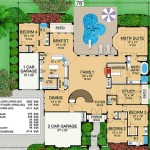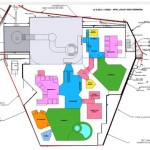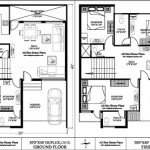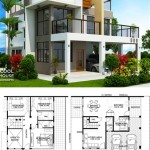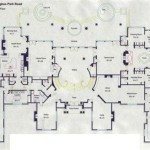Essential Aspects of House Designer Plans
Designing a house is a significant undertaking that requires careful planning and expert assistance. House designer plans serve as the blueprint for your dream home, ensuring that it meets your specific requirements, adheres to building codes, and optimizes space and functionality.
1. Purpose and Scope
Clearly define the purpose of your house. Determine the number of bedrooms, bathrooms, and other essential rooms. Consider your lifestyle, family size, and future needs. The scope of the plan should include the size of the house, number of stories, and any special features you desire, such as a home office or a backyard patio.
2. Site Considerations
The location of your house plays a crucial role in its design. Consider the size and shape of the lot, its orientation to the sun, and any existing structures or landscaping. These factors will influence the placement of windows, doors, and outdoor spaces.
3. Floor Plan and Layout
The floor plan is the foundation of your house design. It determines the arrangement of rooms, hallways, and staircases. Aim for a logical flow of space, ensuring easy access to all areas while maintaining privacy where needed. Consider the size, shape, and proportion of each room, paying attention to natural light and cross-ventilation.
4. Exterior Design
The exterior of your house should complement the surrounding environment and reflect your personal style. Choose a design that fits the neighborhood's architectural character while incorporating elements that make your home unique. Consider the materials used, roofline, windows, and any decorative features.
5. Building Codes and Regulations
House designer plans must adhere to local building codes and regulations. These codes ensure the safety and structural integrity of your home. They may specify minimum room sizes, ceiling heights, and setbacks from property lines. It's essential to work with a designer who is familiar with the relevant codes in your area.
6. Energy Efficiency
Incorporating energy-efficient features into your house design can significantly reduce your utility bills and environmental impact. Consider insulation, energy-efficient windows and doors, solar panels, and other sustainable technologies. Proper planning can create a home that is both comfortable and cost-effective.
7. Customization and Flexibility
Your house designer plans should be tailored to your specific needs and preferences. Look for a designer who is willing to listen to your ideas and create a plan that meets your vision. The plan should also allow for flexibility to accommodate changes during construction or future renovations.
Conclusion
Investing in professional house designer plans is essential for building a home that meets your functional, aesthetic, and budgetary requirements. By carefully considering the essential aspects outlined above, you can create a dream home that enhances your lifestyle and stands the test of time.

House Plans How To Design Your Home Plan

House Plans How To Design Your Home Plan

Floor Plans Types Symbols Examples

Small House Design Shd 2024007 Pinoy Eplans One Y Bungalow Plans Floor

House Plans Home Floor Architecturalhouseplans Com

Floor Plans Types Symbols Examples

Small House Design 2024001 Pinoy Eplans Floor Plans

Southern House Plan With 3 Bedrooms And 2 5 Baths 6468

Interior Design Professionally Visualize Your Concepts

House Floor Plans Your Best Guide To Home Layout Ideas Decorilla Interior Design


